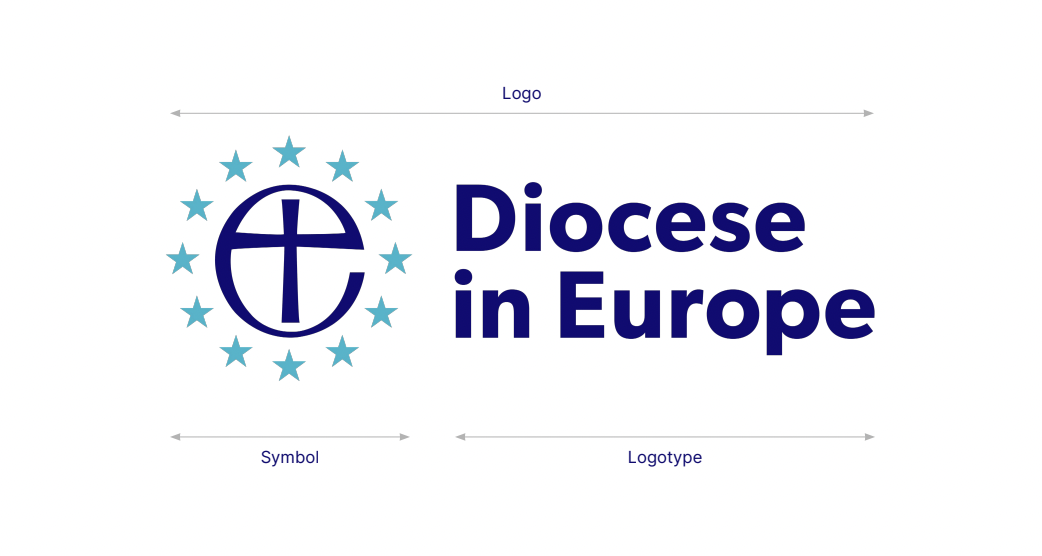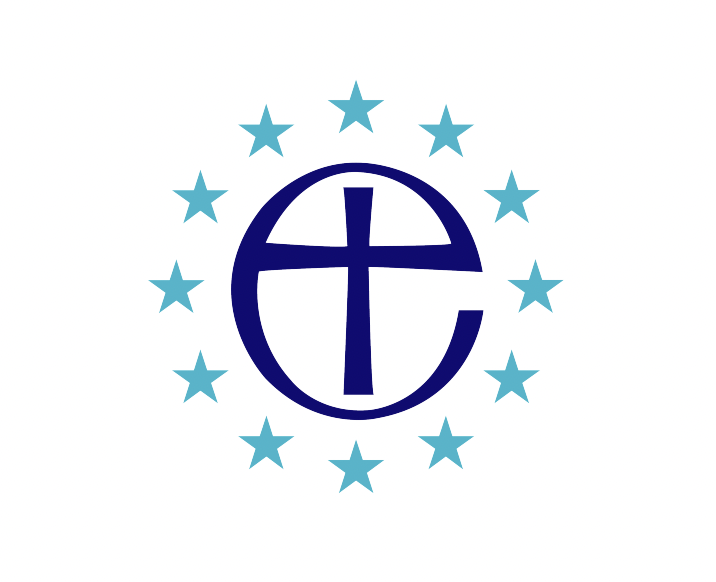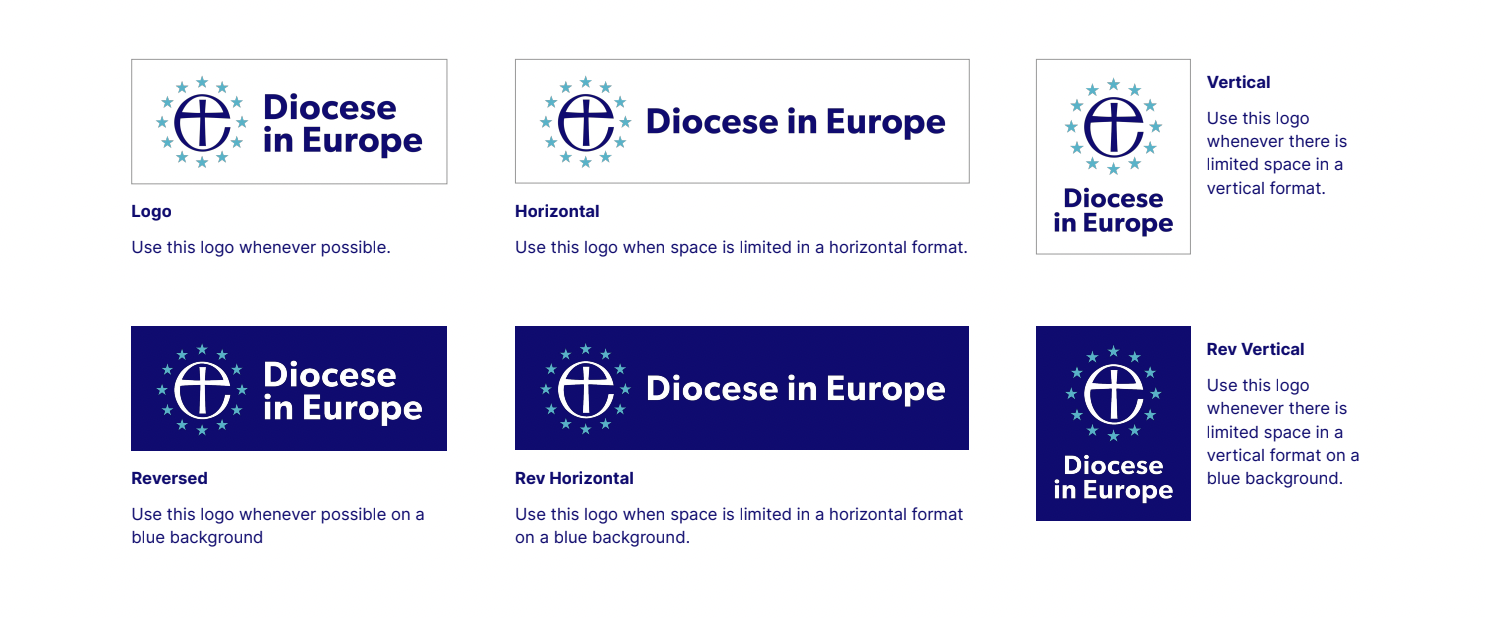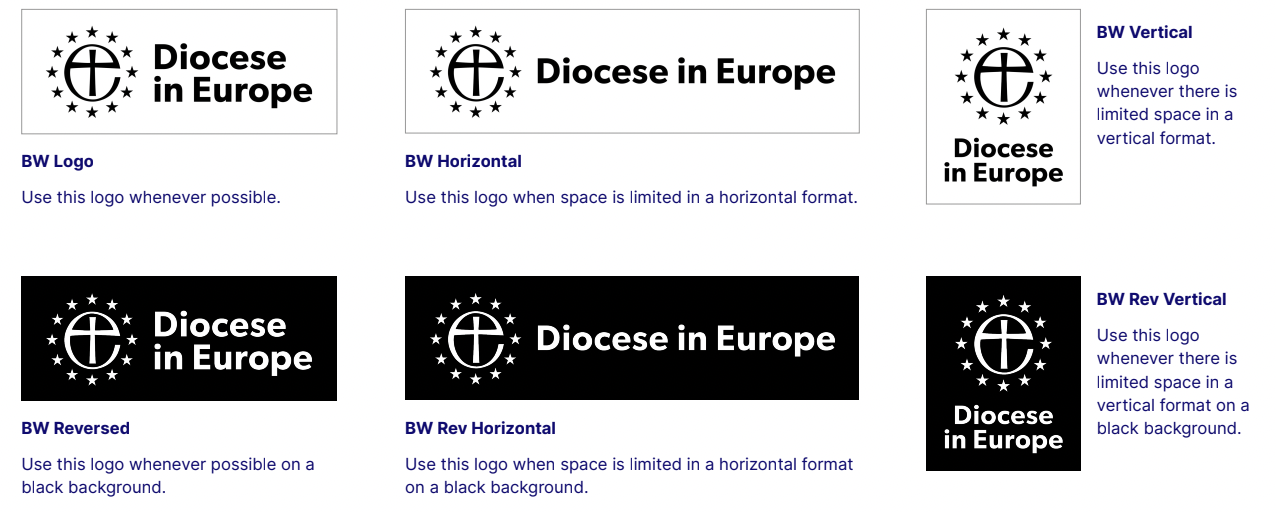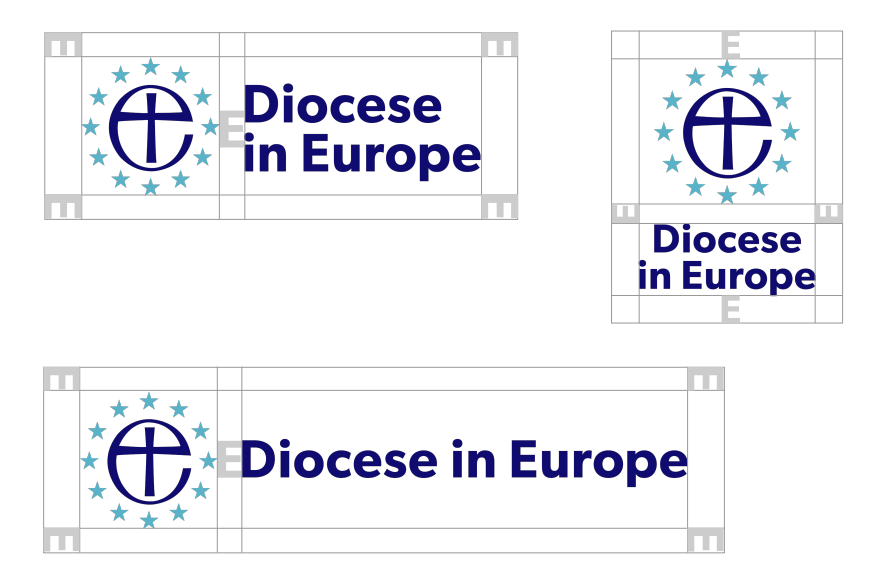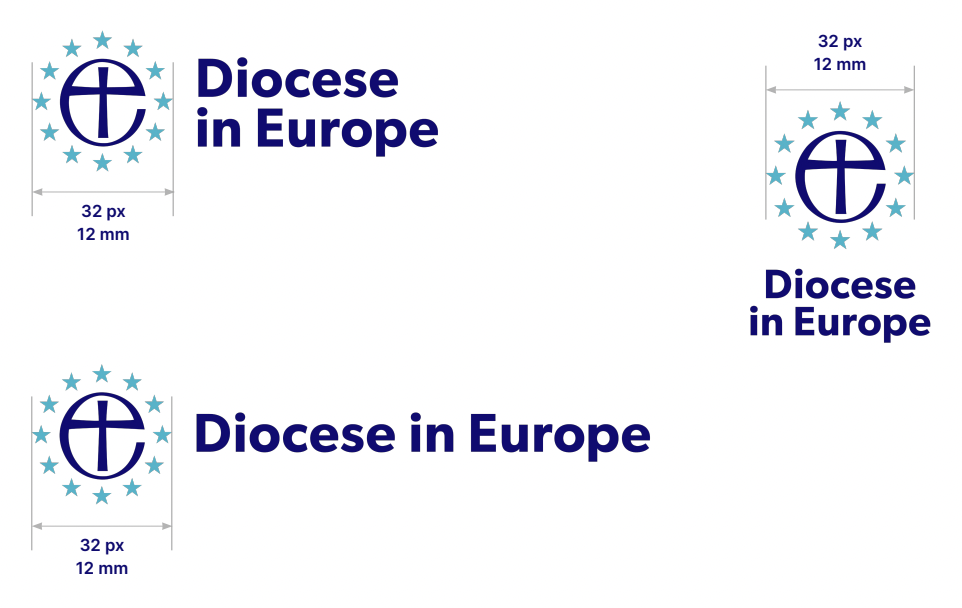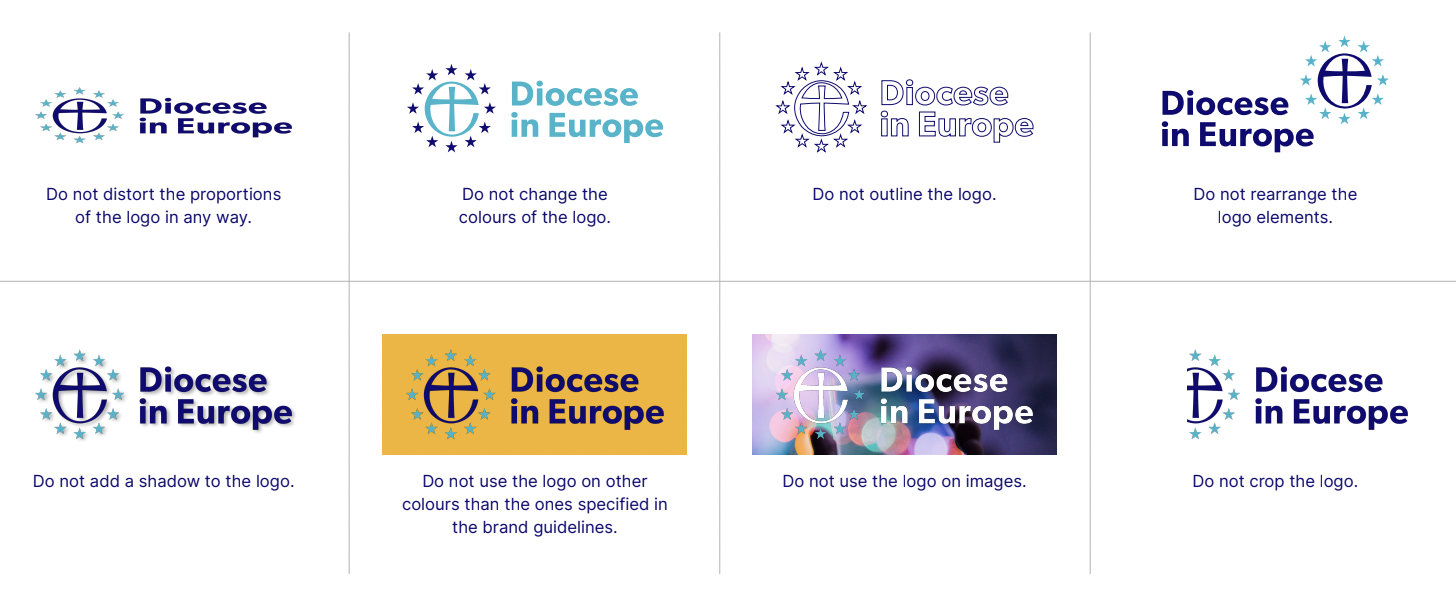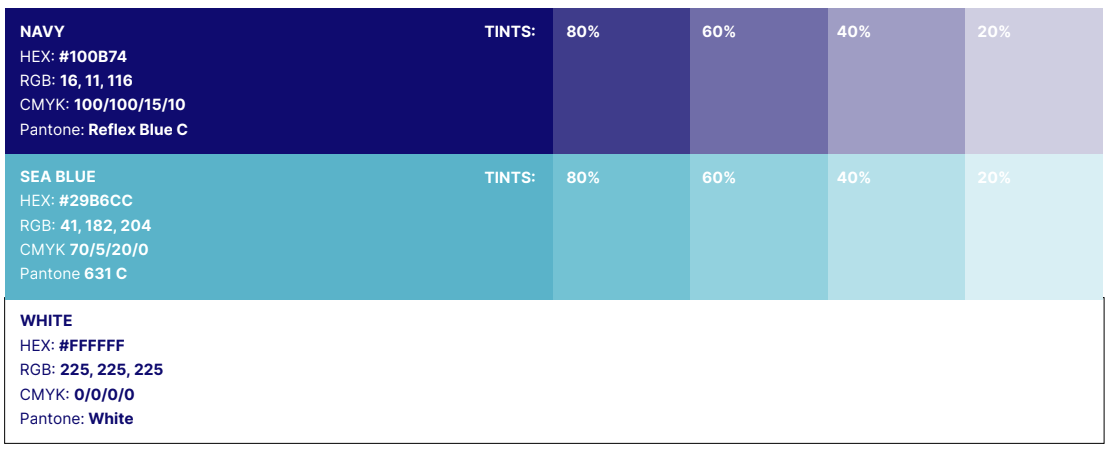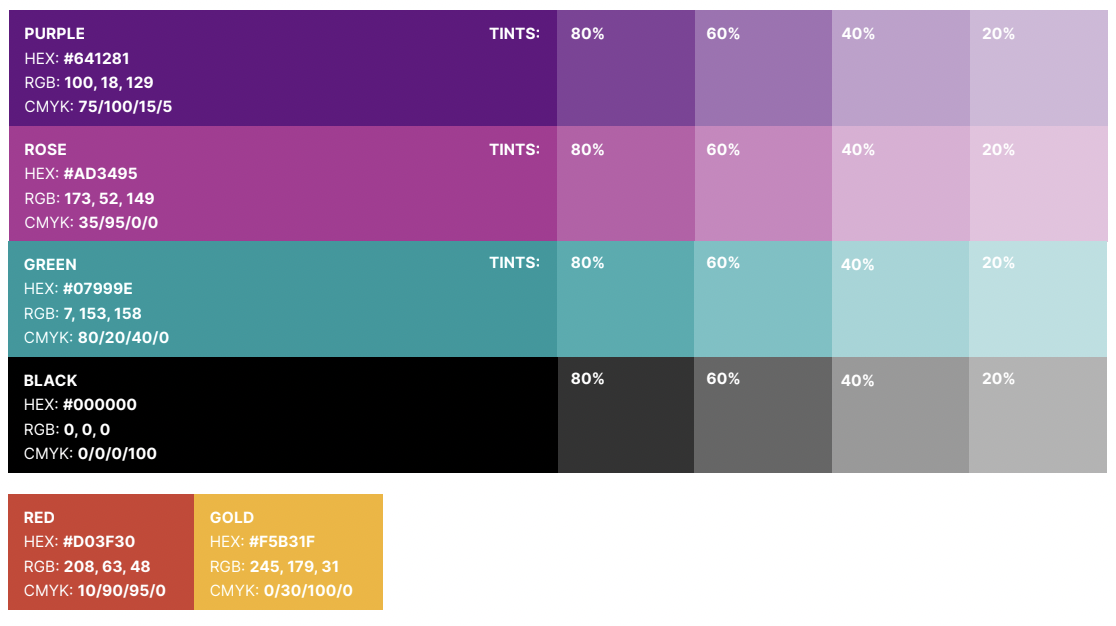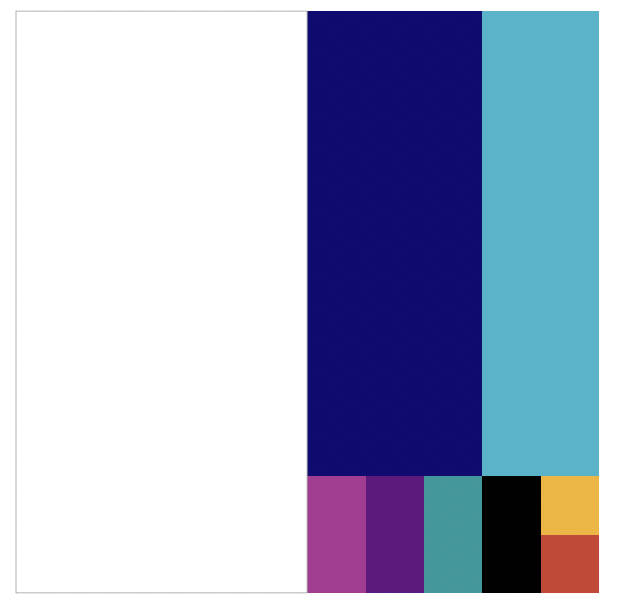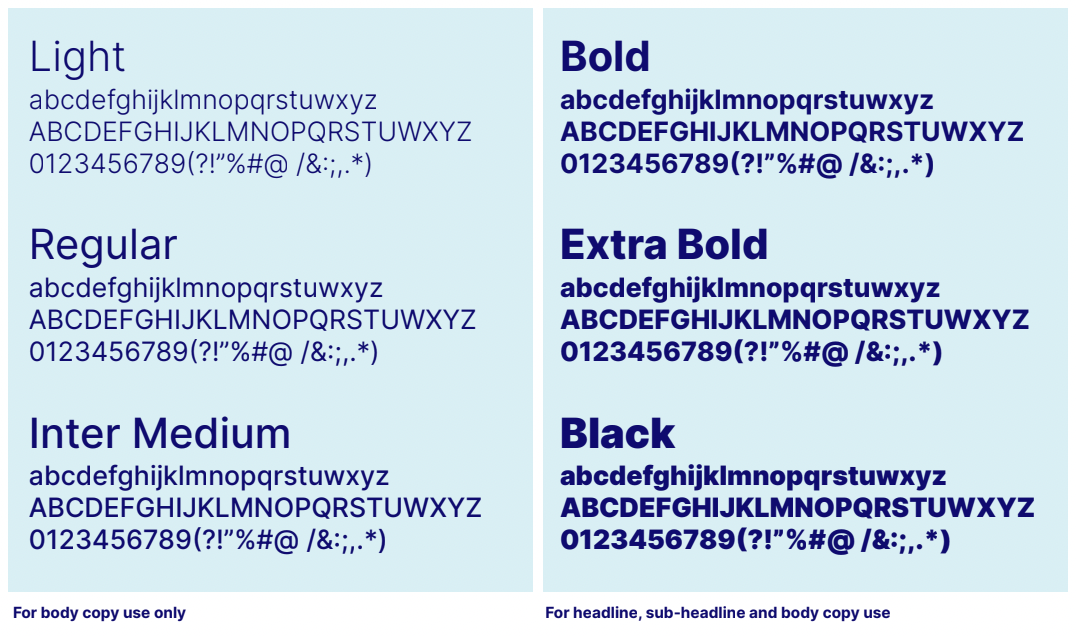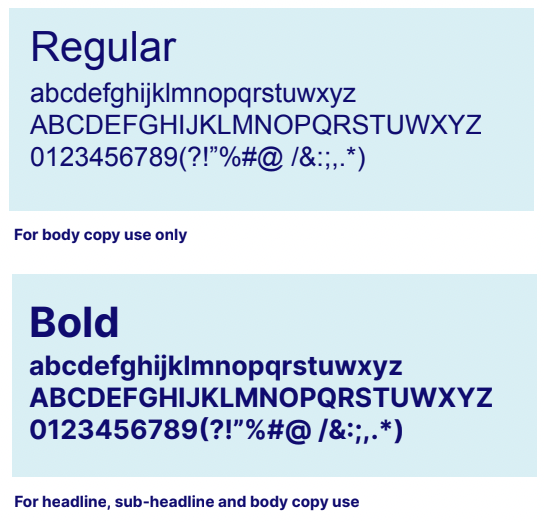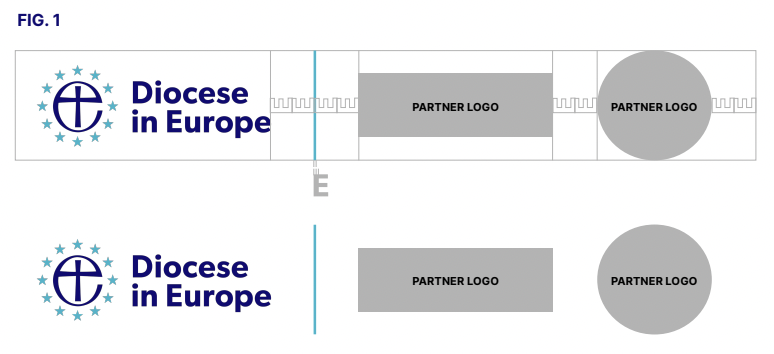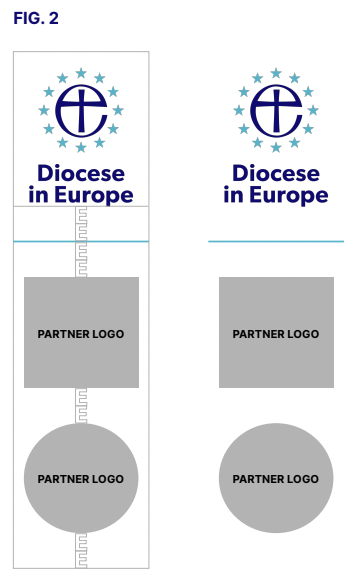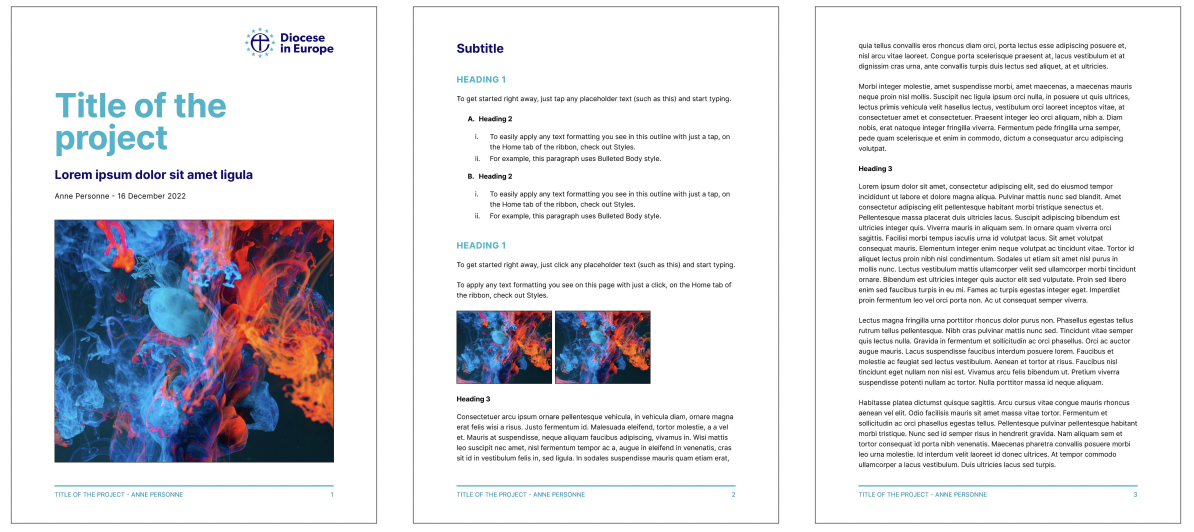The following items can assist in explaining branding terminology, these may be helpful when working with designers or printers.
Brand: A unique set of differentiating promises communicated through a name and its related identifier that link a product, service, or company to its customers.
CMYK: The CMYK acronym stands for Cyan, Magenta, Yellow, and Key (Black): those are the colours used in the printing process.
Font: A complete set of characters in a given type style. Layout: The visual arrangement of graphic elements on a page.
Logo: A brand name rendered in a dedicated type treatment, sometimes accompanied by a stylised symbol, all set in a fixed configuration.
Logotype: The logotype, also known as a “word mark”, is a brand name styled as a logo.
Lower case: The smaller form of an alphabetical letter, as opposed to a capital letter.
Pixel (px): A minute area of illumination on a display screen In digital imaging, a pixel is the smallest item of information in an image.
Point (pt): A standard typographic unit of measure.
PMS: The PMS acronym stands for Pantone MatchingSystem and is a universal colour-matching system used primarily for printing.
RGB: The RGB acronym stands for Red, Green and Blue: representing the colours to be used on a computer display
Sans serif: A typeface without serifs (the short, decorative lines appearing at the top and bottom of the strokes of each letter). Arial is an example of a sans-serif typeface.
Serif: The short, decorative lines appearing at the top and bottom of the strokes of letters in typefaces such as Times New Roman.
Solid colour: Colour applied without shading or tinting.
Spread: Facing pages of a book, magazine or other printed material. The full view of a document or publication when it is opened out flat.
Symbol: A shape or sign used to represent something such as an organisation.
Tint: Any of various lighter or darker shades of a colour.
Title case: When the leading letter in a sentence is capitalised. Also writing a word with its first letter as an upper case letter and the remaining letters in lower case.
Typeface: A complete set of typographic characters of a single design, including its various weights and styles.
Typography: The use of type, including its selection, specification and relationship to a given layout.
